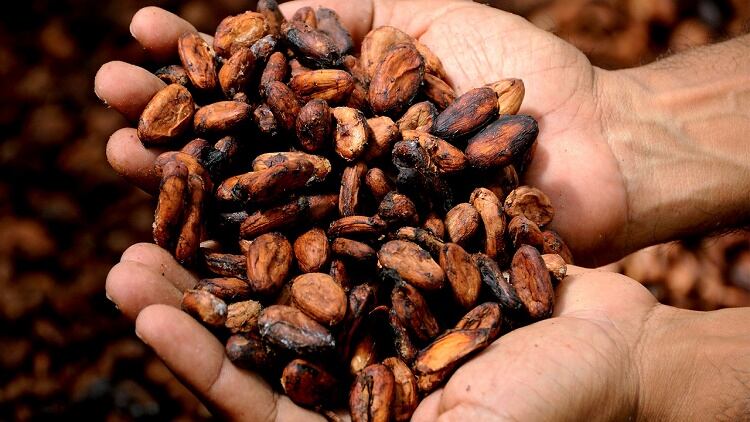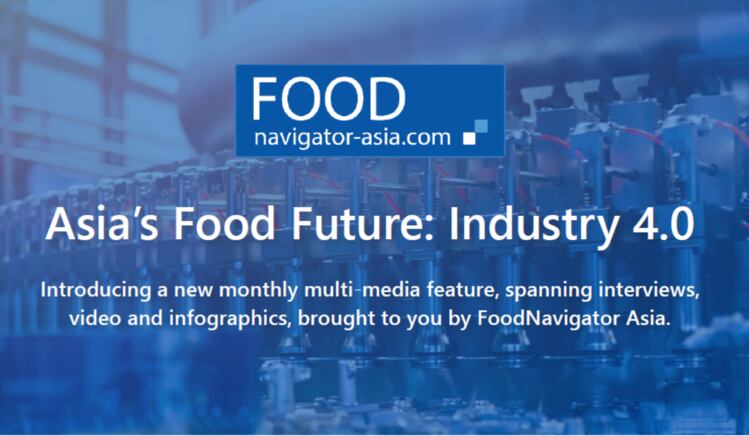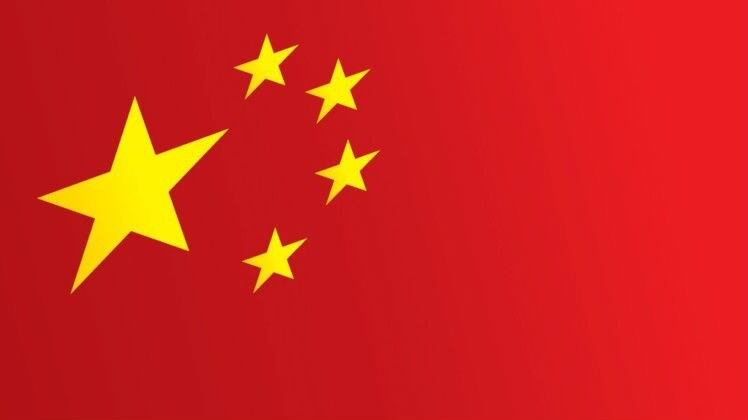The firm said it had witnessed the benefits of a traceable supply chain, after ploughing resources into its ‘Olam Direct’ digital scheme.
Through the various applications on its digital suite, the firm is able to trace the source of their products, record farming information, and trade directly with farmers, bringing visibility over its entire supply chain.
As of December last year, 40,000 Indonesian cocoa farmers had participated in Olam Direct, and this figure is an eight-fold increase from the previous year.
FoodNavigator-Asia recently spoke to the team to find out more about its efforts in tracing the cocoa supply chain.
Olam Traceability, one of the applications on Olam Direct, is used to record cocoa farming activities. GPS and time-stamping are used to prevent any inaccuracies or cheating of data.
Farmers are also given ID cards that store records of their farming activities and information related to product transaction.
“This is a much safer supply chain and also, we use time-stamping, which helps to cut out any inaccuracies or cheating,” Moray McLeish, Vice President of Corporate Responsibility and Sustainability for Asia for Olam said.
He said that the ingredient traceability, in this case cocoa, was particularly important to their customers, as international chocolate and confectionery companies were facing mounting public pressure to demonstrate the sustainability of their own ingredients.
“Before using Olam Traceability, it was a difficult and cumbersome job to trace the farming activities, because we are talking about smallholder farmers. For a large company like Olam, we do about 70 to 75 thousand metric tons of cocoa beans in Indonesia, but a single producer is only producing close to one and a half tons.
“So just image the amount of data that you have to handle to make the entire portfolio traceable and the detailing, the amount of paperwork, it was extremely cumbersome and probably economically infeasible for a company like us.
“Nowadays, there’s lesser data work, lesser data leakage, and also the data is well-organised for us to assess, and it has become technologically more viable for us to maintain stability in our value chain,” he said.
Building farmers’ trust
A traceable supply chain also helps foster trust between the company and the farmers.
“A couple of issues that we have come across globally are that smallholder farmers are deeply worried about the transparency of the trade and the real-time information,” Priyank Pradeep, General Manager in the Digital Function at Olam pointed out.
To prevent doubts and distrust, farmers can access real time information about the prices of their products via Olam Direct.
“When Olam publishes the price, the farmers can see the published price of that day and if they have products to sell, they can raise an intent to sell their products on the application, and then the farmer lead who lives in the village will collect the products from the individual farmers on the behalf of Olam.”
Without the involvement of the middlemen, the absolute prices that the farmers were earning were 7% to 12% higher than before, Pradeep noted.
In so doing, Olam also hopes to promote sustainable farming by brightening the prospects of the farming industry.
“The farmers are getting old, and not many of their children want to be farmers, so it’s a challenge for us to make farming an attractive business for the children of smallholders businesses (for them to feel) that there is future in it and prosperity in it,” McLeish said.
“We are increasing the value that the farmers are realising and therefore the second generation is motivated to stay in farming and plus the whole platform is designed in a way that creates a vibrant, parallel economy that thrives on agriculture, whether in terms of logistics or aggregation of production. This further encourages the second generation farmers and increases their earning potential.”
Coaching
Besides tracing its product source, Olam Cocoa also pushes for sustainable farming by keeping track of farms’ progress and devising ways to increase yields.
“Cocoa is grown on smallholder farms…In some cases, the farmers feel that they are farming three hectares, but in fact, it is only one hectare when you actually measure the farm area, so there is a big implication here,” McLeish said.
“So, we need to understand how farmers are farming and then creating individual commercial plans to help them produce much as possible from the land that they have,” he added.
Through Olam Farmer Information System (OFIS), an information system used to collect and map data on small holder farmers, the firm helps to increase productivity by conducting individual or small group coaching on farm management.
Since implementing OFIS in 2014, farming details of 36,933 Indonesian farmers are collected into OFIS and 9,599 have received coaching under Olam’s Farm Development Plan.
Besides cocoa farming, the system is also used in coffee, chilli, and rubber farming.





